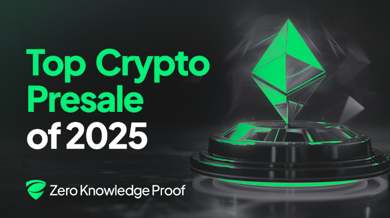
The Debate on the Ethereum Virtual Machine: A Comprehensive Analysis
Evan Cheng’s Critique of the Ethereum Virtual Machine
Evan Cheng, a prominent figure in the technology sector and the CEO of Mysten Labs, has made waves with his critical assessment of the Ethereum Virtual Machine (EVM). Describing it as a “fundamentally flawed” design, Cheng suggests that the only viable solution to the EVM’s accumulated “design tech debt” is to completely overhaul it.
Cheng’s extensive background in technology, with experience at Apple, as Head of Research and Development at Novi, and as a Technical Director at Meta, underscores his authority in the field. Currently, he is spearheading the development of the Sui Network (SUI), a competitor to Ethereum.
Technical Insights from Mysten Labs
In a video shared by Mysten Labs co-founder Adeniyi Abiodun, Cheng elaborates on the technical shortcomings of the EVM. Abiodun echoes Cheng’s sentiments, emphasizing that they intentionally avoided EVM compatibility when developing Sui.
While the EVM is a widely accepted standard within the cryptocurrency industry, Cheng and Abiodun are not alone in their criticism. Other experts in the field also advocate for moving beyond what they consider outdated designs.
Unpacking the Ethereum Virtual Machine’s Design Flaws
Cheng begins his critique by challenging the “Blockchain Trilemma” concept, dismissing it as lacking mathematical validity and being rooted in a flawed design. He highlights the concentration of Ethereum’s validating power in a few staking pools as evidence of decentralization issues, thereby questioning the blockchain trilemma often cited by EVM proponents.
Cheng argues that the reliance on the blockchain trilemma by EVM supporters is misguided, asserting that their scientific understanding is flawed. He concludes that these foundational problems reflect a design that offers no pathway for improvement.
According to Cheng, while typical “tech debts” can be resolved over time, Ethereum’s issues are deeply ingrained within its design. He asserts that the only solution is to start afresh, despite the challenges posed by the widespread dependence on Ethereum and Solidity, its programming language.
Voices from the Blockchain Community
Mysten Labs executives are not alone in their criticism of Ethereum’s design. Kyle Samani, managing partner at Multicoin Capital, has also voiced his concerns, stating that Ethereum’s primary issue lies in its product, rather than its marketing.
Robert Sasu, a core developer at MultiversX (EGLD), supports Cheng’s arguments. He criticizes the EVM’s token standards as inherently flawed, posing risks to both users and developers. Sasu likens sticking with the EVM to clinging to outdated steam engines when superior electric motors are available.
Sasu advocates for SpaceVM, built on WebAssembly (WASM), as a more efficient alternative. He also critiques single state blockchain networks, suggesting sharding as a viable solution.
Beyond these voices, developers and experts from blockchains like Solana (SOL), Cardano (ADA), Algorand (ALGO), and Near Protocol (NEAR) have echoed similar criticisms. This growing consensus suggests that Ethereum’s design may hinder its potential for real-world adoption.
Implications for Investors and Developers
The EVM’s token design has been linked to vulnerabilities, such as phishing attacks and wallet exploits. Some experts recommend blockchains with a “native token” design to mitigate these risks. The ongoing debate highlights the need for innovation and adaptation in the cryptocurrency landscape.
“`







